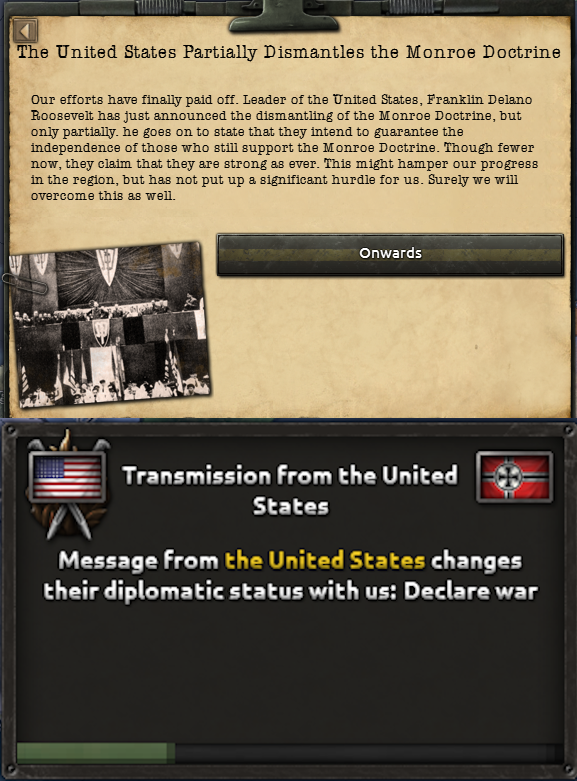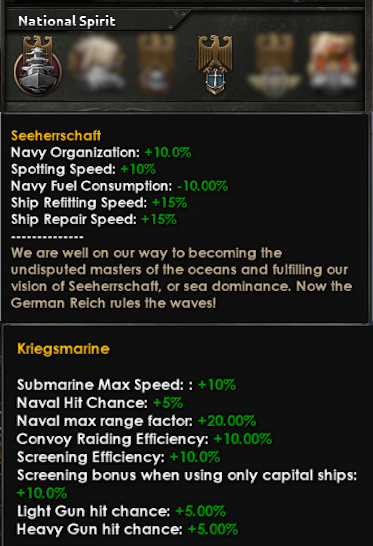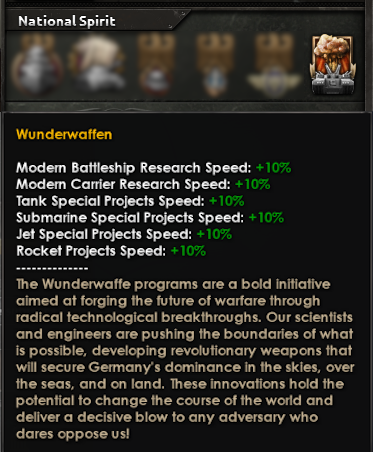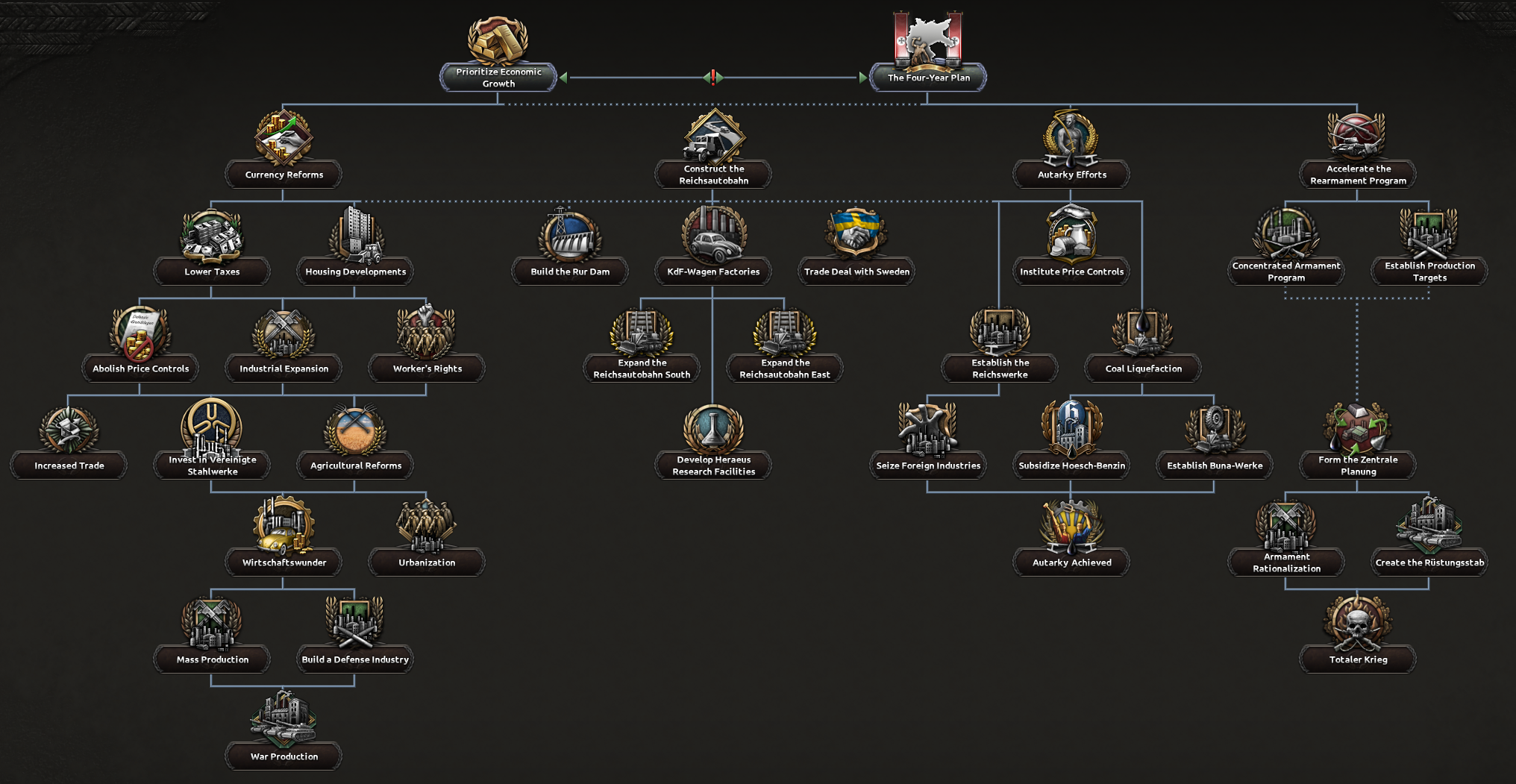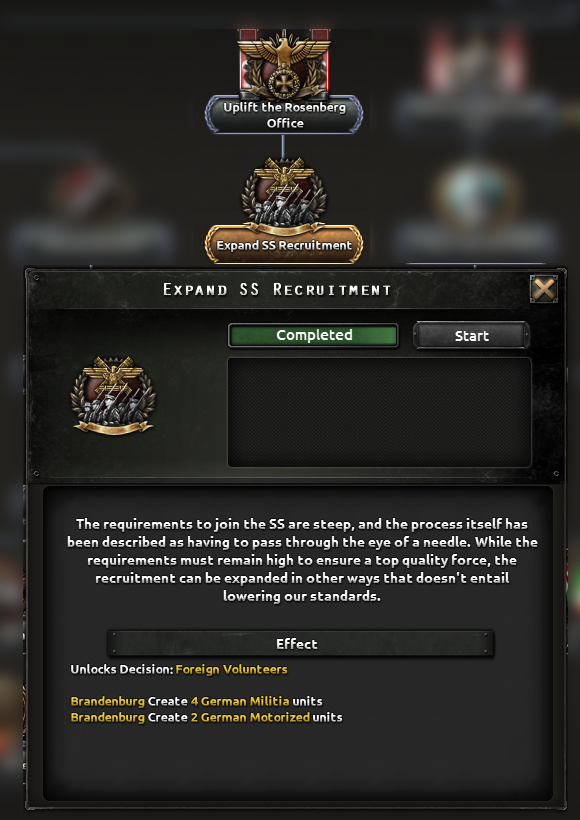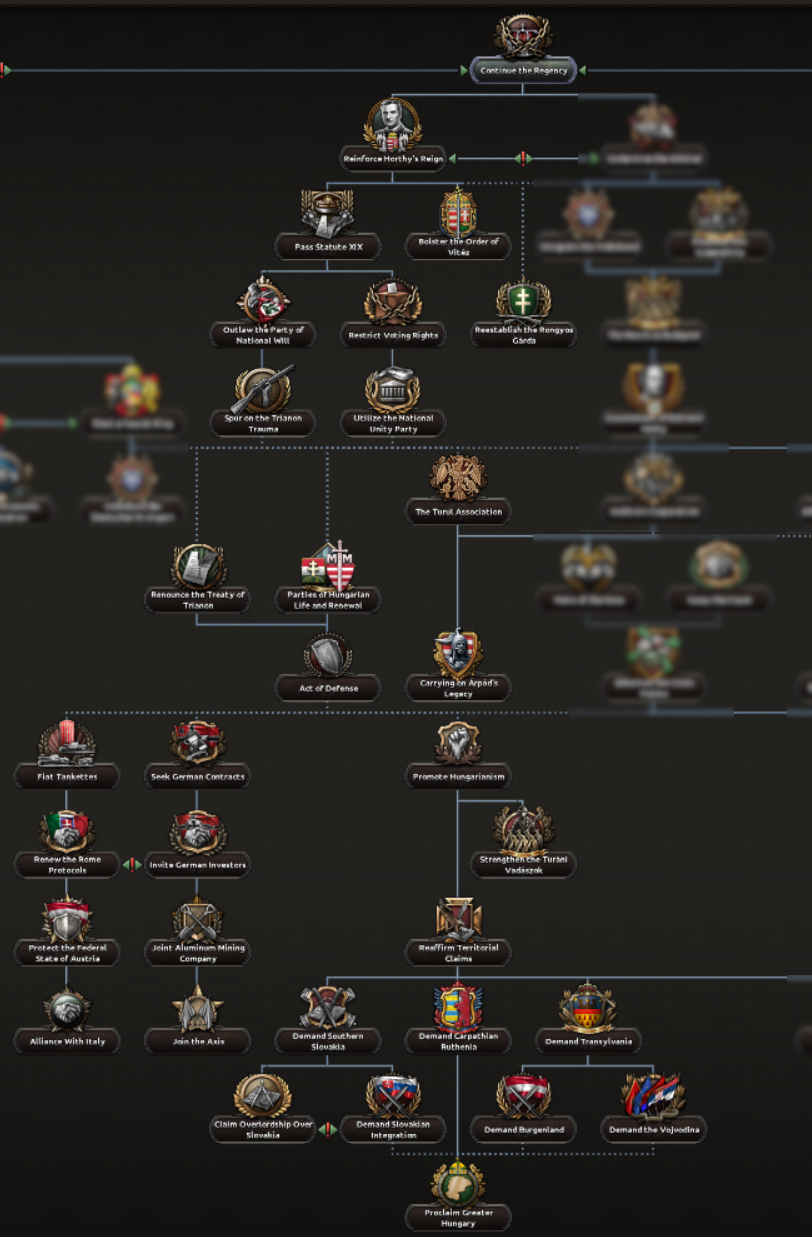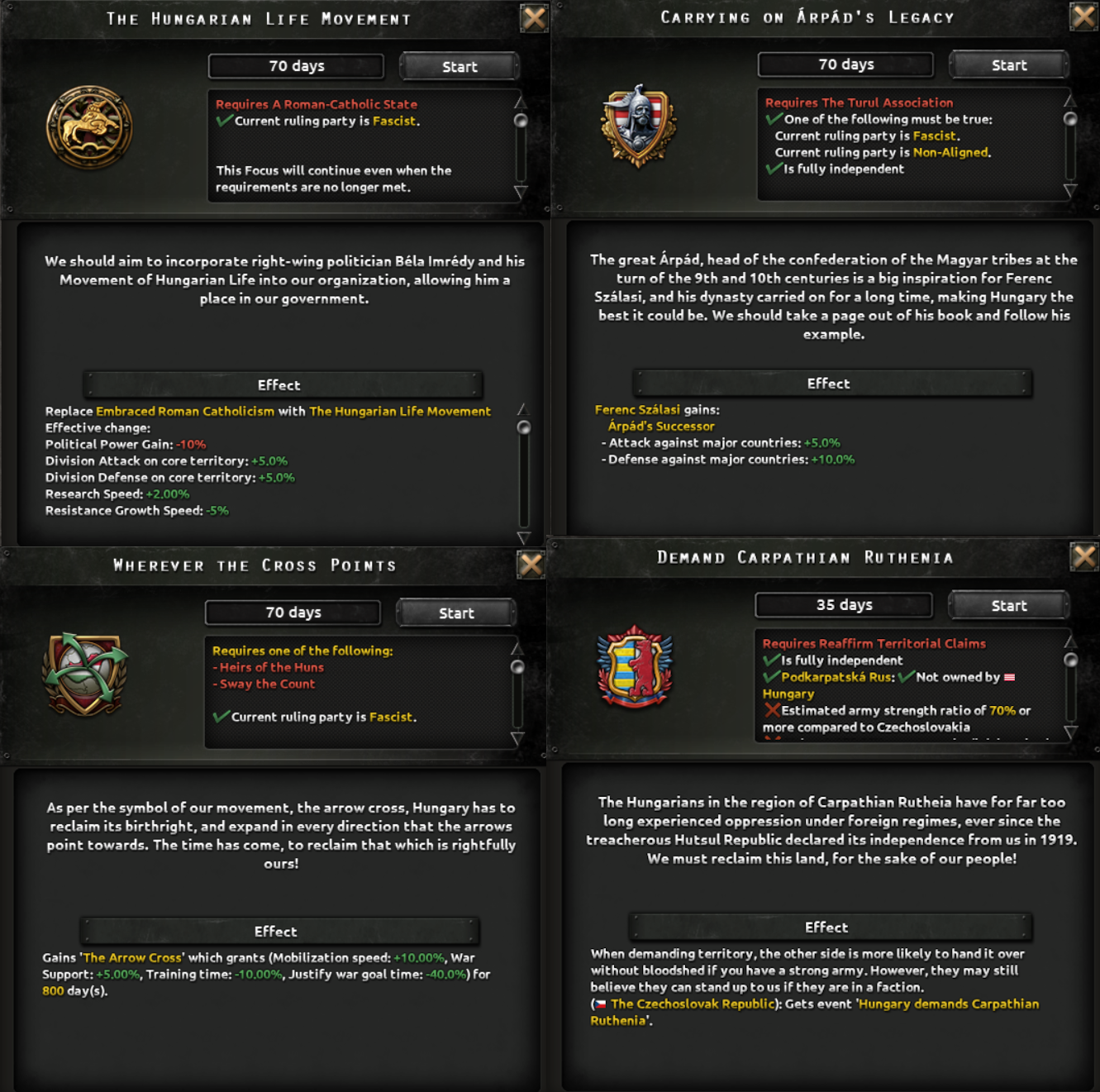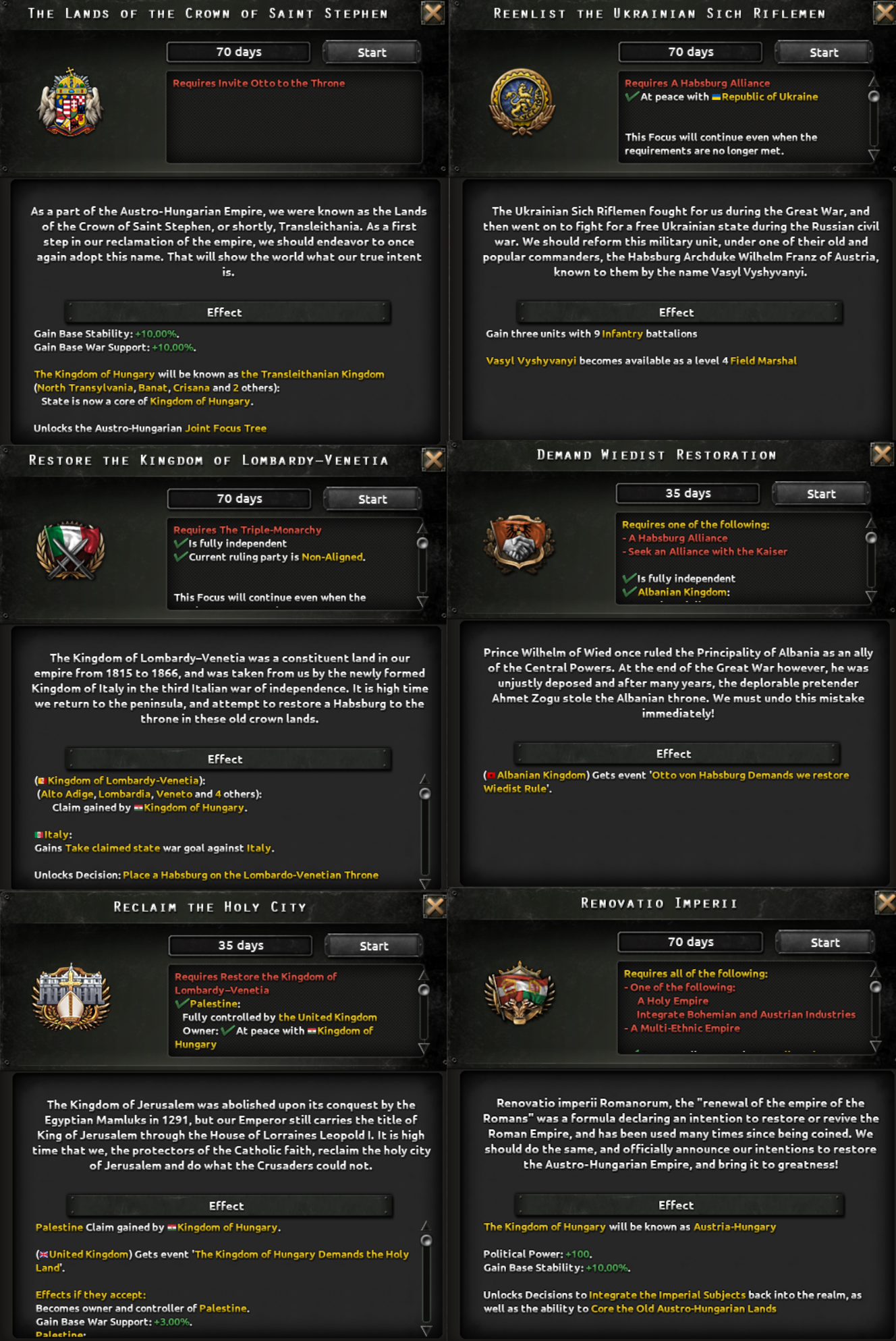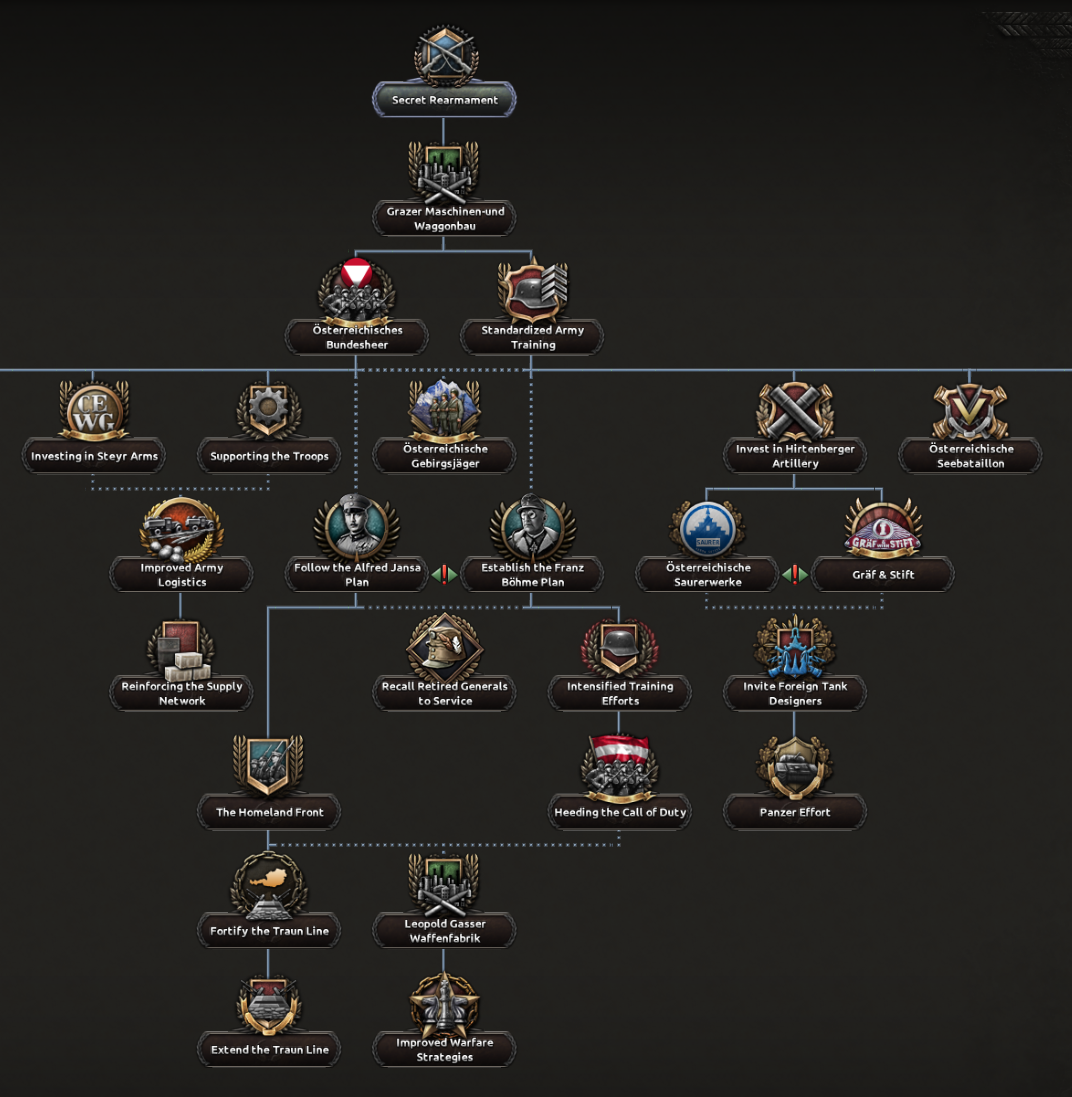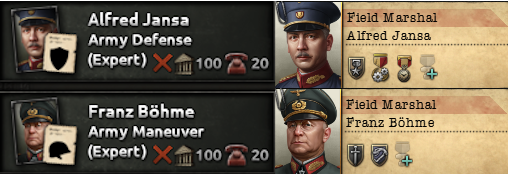
Hearts of Iron IV - PDX Per
Generals!
Need more Plushies in your life? Surely you must!
Other Plushies lack a certain flair or Discipline, whereas THIS Duck-Kaiser-billed platypus has all the authority and gravitas befitting the Ruler of PLUSSIA!
Equipped with the formal regalia befitting their station, this little Imperial will rule over your display shelf with all the venom a semi-aquatic turn of the century ruler should!
Get your LIMITED EDITION Hearts of Iron plushie TODAY and give your collection some Plussian might!
The campaign will only run for a limited time, so make sure to order your Kaiser Platypus right now and don’t miss out!



































